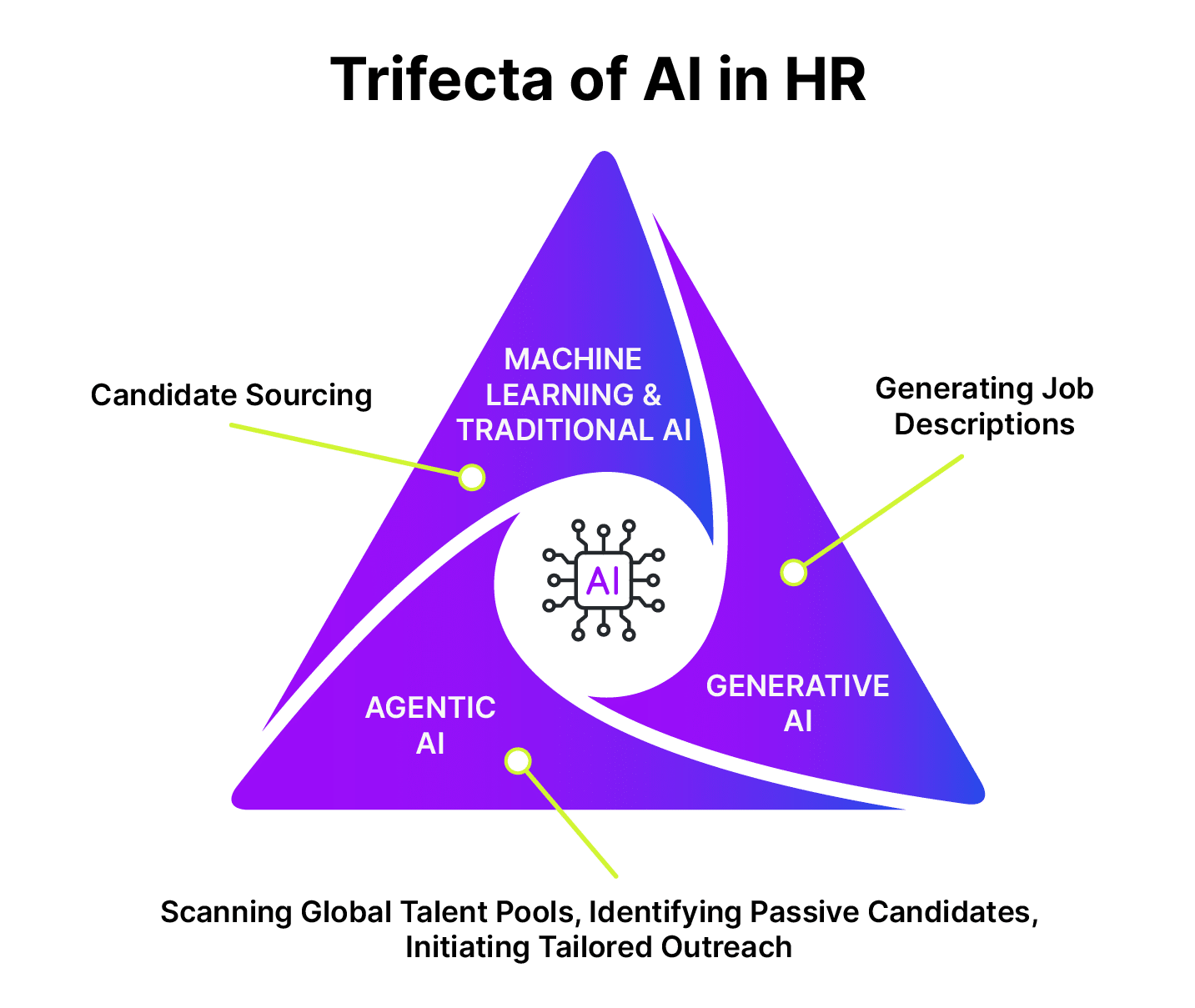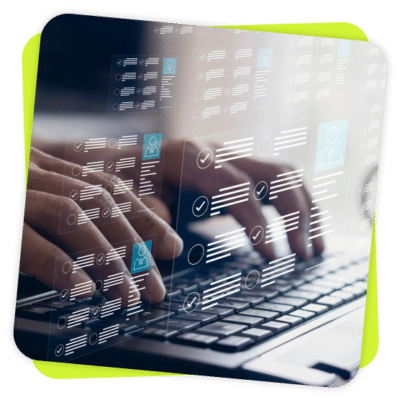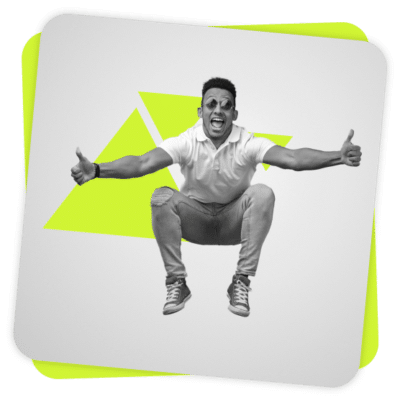The Evolution of AI in HR: From Automation to Agentic AI
Poornima Farrar
Chief Product Officer
AI in HR has come a long way — and agentic AI is leading the way.
In the early days, deploying AI meant large machine learning teams spending countless hours on data curation, labeling, and training. The tools built were often narrow in scope — designed to automate repetitive tasks like resume screening or scheduling — and were typically “black-box” systems: complex, opaque, and requiring substantial oversight. They brought efficiency gains, but they didn’t fundamentally change how HR worked.
Then came a breakthrough.
With the rise of transformer models and generative AI, HR tools became significantly more sophisticated — capable of automated writing, candidate engagement, and intelligent chat. And now, we’re entering a new era altogether: the age of agentic AI.
Rules-Based to Reactive: The Early Days of AI in HR
In the beginning, AI in HR was largely only rule-based and partial. These early tools could filter resumes through an ATS, auto-schedule interviews, or respond to basic candidate queries via chatbot. They streamlined tasks—but just barely.
The systems followed rigid logic and couldn’t adapt or learn. Any meaningful progress still relied on human oversight to ensure accuracy, fairness, and compliance. Efficiency gains were moderate. Trust and transparency were limited.
But even then, these early steps laid the groundwork for a more intelligent future.
Generative AI Brings Intelligence and Personalization
With the arrival of generative AI, HR tools gained a new layer of sophistication.
Suddenly, AI could go beyond automation to creation — drafting job descriptions, generating personalized outreach messages, and engaging candidates more meaningfully. There will always be use cases for machine learning and non-agentic AI, but these systems can now also learn patterns, adapt messaging, and operate at scale.
For example, Rival’s AI-powered personalized candidate outreach saves recruiters time and also enhances quality. It ensures consistency by producing gender-neutral language, removing skill-related bias, and embedding company values so every post reflects a cohesive brand voice.
Despite its many benefits, generative AI remains fundamentally reactive—it requires prompts, input, and human oversight. While it can be highly useful in various applications, it cannot operate independently; it still needs a guiding hand.
Agentic AI in HR: The Shift from Reactive to Proactive
Where past systems only followed instructions, agentic AI acts independently. Where generative AI creates, based on prompts, agentic AI can also autonomously decide and execute tasks. Traditional AI waits for user input and follows predefined instructions. Agentic AI doesn’t. This shift expands how HR operates: what’s possible, who gets to do it, and at what scale.
Agentic AI will bring about:
- More efficiency & scale: Smaller teams and organizations can now accomplish what once required expansive ML groups, rapidly accelerating HR workflows.
- Better insights: Generative and agentic AI systems deliver deeper, more adaptive analyses across talent management, workforce planning, and more.
- Greater transparency & trust: As AI grows more autonomous, organizations must build safeguards to ensure fairness, data integrity, and employee trust.
And it’s also virtually invisible, as agentic AI ushers in an age of “no UI,” where users don’t need to navigate apps or dashboards. Users set a goal, and the AI does the rest: sourcing information, optimizing workflows, and troubleshooting in real-time. This is AI that acts — not just reacts. The system operates quietly in the background: effortless, efficient, and truly intelligent.
Put together with machine learning and generative AI, this creates a powerful trifecta — where each kind of AI enhances the talent acquisition and development ecosystem:
Machine learning and traditional AI models in HR support large-scale data with personally identifiable information (PII), such as candidate sourcing.
Generative AI models in HR help to ensure that a recruiter’s voice is preserved while content is highly impactful—providing both time and cost-saving opportunities. Generative AI job descriptions are a great example of this.
Agentic AI systems proactively manage workflows, automate decision-heavy processes (like talent acquisition or employee engagement strategies), and can even identify opportunities for organizational improvement at scale. Agentic AI can scan global talent pools, identify passive candidates, and initiate tailored outreach — without a recruiter lifting a finger.

This shift has significant implications for efficiency, accessibility, and the overall role of human decision-making in HR functions. Some of the use cases for agentic we are seeing at Rival include:
- Automatic Real-Time Search: The moment a job is posted, agentic AI can scan vast numbers of professional profiles to identify and recommend top matches — even among passive candidates.
- Identifying Passive Talent: Advanced machine learning models evaluate credentials against role requirements, surfacing hidden gems based on skills, experience, and trajectory.
- Personalized Outreach: The system crafts tailored messages for each candidate, referencing career goals, shared interests, and relevant experiences—at scale, and on its own.
Navigating Challenges and Considerations Using Agentic AI in HR
As AI takes on more responsibility, the opportunities are immense — but so are the stakes. With greater autonomy comes a greater need for governance. HR teams are thinking hard about a variety of scenarios:
Ethical Boundaries
Agentic AI systems can now make decisions that impact hiring, onboarding, and employee experience. But how much decision making should be left to machines? This is where it is important to choose the right technology partners. HR leaders must ask: Where do we draw the line between automation and human judgment?
Transparency & Trust
As AI becomes more autonomous, maintaining transparency becomes critical. Black-box decisions (no matter how efficient) can undermine employee trust. Organizations must ensure that AI outputs are explainable, auditable, and free from unintended bias.
Data Integrity & Compliance
With AI accessing sensitive information, data security is non-negotiable. HR teams will need to prioritize tools that comply with GDPR, CCPA, and other privacy standards — and verify that no personally identifiable information (PII) is stored or used to train models without consent.
Human Touch Still Matters
Even the smartest AI can’t replicate empathy, coaching, or cultural intuition. Agentic AI should free HR teams from repetitive administrative tasks, but it cannot replace the very relationships that define great employee experiences. Organizations should understand how humans and machines can best partner in HR use cases.
The Future of Agentic AI in HR: What Comes Next?
The pace of innovation suggests that agentic AI is only getting started. Over the next 3–5 years, we’ll likely see:
- Fully autonomous workflows across recruiting, onboarding, and talent management
- Predictive analytics that forecast attrition, performance, and engagement in real time
- Embedded digital HR assistants that proactively support employees throughout their journey
- Real-time optimization of workflows, recommendations, and team structures based on business goals
In this way, agentic AI will support HR by becoming an invisible, intelligent partner, helping teams move faster and smarter with fewer resources.
Preparing for an AI-Driven HR Future
The evolution from basic automation to agentic AI in HR marks a turning point in how HR teams operate. We’ve gone from manual tasks to intelligent assistance — and now, to autonomous action.
This shift brings tremendous opportunity:
- Smaller teams can scale in a way that levels the playing field
- AI systems surface better insights, faster
- HR can focus on strategy, culture, and human connection
HR leaders must choose tools that are transparent, ethical, and secure. They must keep humans in the loop and values at the core. And most of all, they must embrace this transformation with both courage and care.
At Rival, we’re building for this future — embedding agentic AI directly into the fabric of the HR experience, without losing what makes it human.
Stay tuned for the next post in our series, where we’ll tackle the biggest myths about agentic AI — and show why, with the right approach, this technology is not a threat to HR, but its next evolution.


















